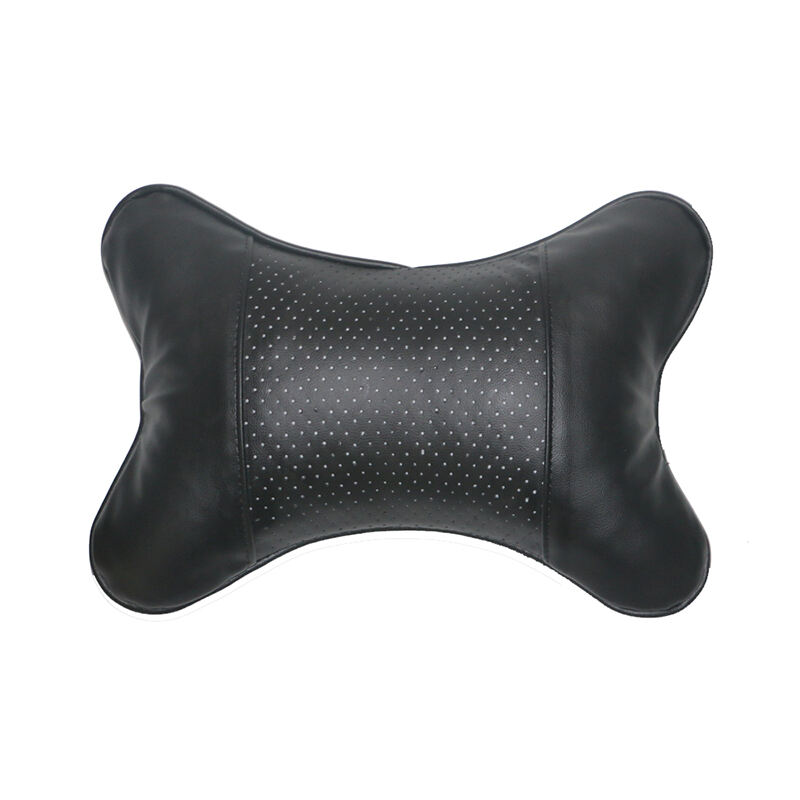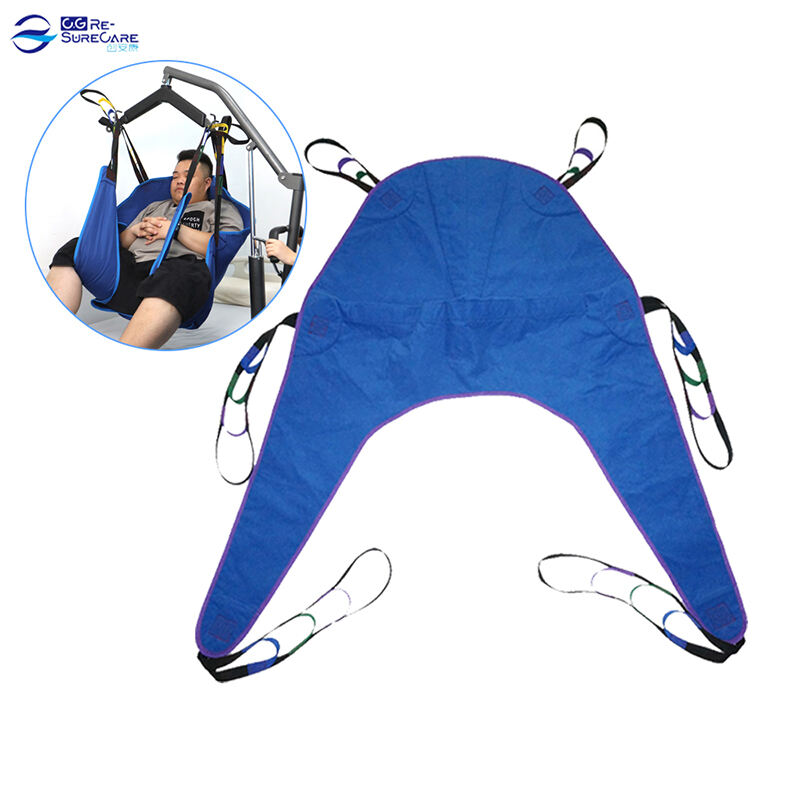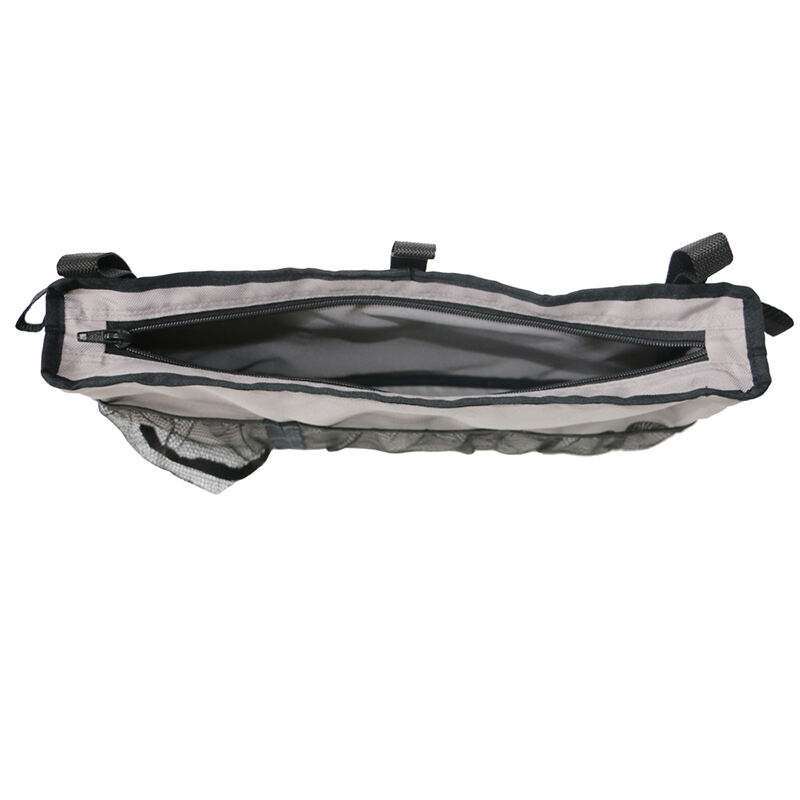Safe Transfer Techniques: Utilizing Transfer Slings Effectively
Understanding Effective Transfer Techniques with Slings
Transfer techniques are essential in healthcare, particularly when using slings for safe and efficient patient movement. These techniques involve the process of moving individuals from one position to another, such as from a bed to a chair, enhancing both patient comfort and caregiver efficiency. Employing proper patient lift slings and transfer slings is crucial to reducing strain on caregivers while ensuring that patients are moved securely.
Effective transfer techniques involve several key components. First, proper body mechanics must be observed to prevent injuries to both caregivers and patients. Understanding the patient’s mobility levels helps in determining the most suitable method and equipment for the transfer. This might include selecting the right type of toileting sling or other appropriate transfer sling for the patient's specific needs. Another critical aspect is modifying the environment to facilitate a safe transfer, such as removing obstacles.
Safety is paramount during transfers as improper techniques can lead to fall-related injuries. Statistics underscore this risk; for instance, in healthcare settings, a significant number of caregiver injuries result from manual lifting. Utilizing equipment like slings and mechanical lifts, which minimize the need for manual lifting and handling, is essential to reducing these injury rates. Therefore, understanding and implementing effective transfer techniques not only enhance safety but also improve the overall quality of care.
Choosing the Right Transfer Sling for Patient Needs
Selecting the appropriate transfer sling is crucial to ensure both the safety and comfort of patients and caregivers. There are various types of slings available, each designed for specific applications such as full body slings, toileting slings, and others. These products play an integral role in patient lift slings by aiding safe transfers while minimizing the risk of injury. For instance, toileting slings are designed for easier application around the patient, making them suitable for bathroom transfers.
When choosing a transfer sling, several key factors must be considered. The patient's size and weight capacity are primary considerations to ensure the sling provides adequate support. Additionally, the individual mobility needs of the patient should guide sling selection to match their specific requirements. For example, a patient with limited trunk control might benefit from a full body sling that offers comprehensive support.
It is advisable to consult guidelines from reputable organizations such as the American Nurses Association when selecting slings. These resources provide best practices to ensure that the chosen sling supports patient care effectively. Such guidelines emphasize the importance of matching the sling not only to the mechanical specifications of the lift but also to the patient's physiological and mobility needs. Integrating these considerations can significantly improve the quality of care and safety during patient transfers.
Using Transfer Slings with Hoyer Lifts
When using transfer slings with Hoyer lifts, preparing for a safe transfer is crucial to ensure comfort and security for both the caregiver and patient. Begin by assessing the environment to eliminate any trip hazards or obstructions. Confirm that the Hoyer lift is appropriately assembled, operational, and free from defects. Regular maintenance checks help prevent equipment failure during use, which can lead to accidents or injuries. Also, ensure the patient's mobility plan is updated and relevant to guide the choice of sling type and size.
Proper sling positioning is fundamental in achieving a successful transfer. Position the sling under the patient, ensuring it is smooth and wrinkle-free to prevent discomfort or skin breakdown. Secure the sling by attaching the straps to the designated lift hooks, taking careful consideration of the patient's weight and the sling's weight capacity. Adjust the sling to fit snugly but comfortably around the patient, especially when dealing with a toileting sling or a full-body transfer sling. The goal is to stabilize the patient's position, making sure they are comfortably and safely supported throughout the transfer process.
Experts emphasize the importance of following standard operating procedures when using transfer slings with Hoyer lifts. This includes adhering to manufacturer guidelines and upholding the safety protocols outlined by organizations like the American Nurses Association. These procedures typically involve confirming the patient's understanding of the process and securing their consent before commencing the transfer. Well-trained staff should conduct the lift to ensure the patient's safety and comfort, maintaining clear communication throughout the transfer to reassure the patient and address any concerns promptly.
Common Transfer Scenarios and Techniques
Transferring patients from bed to wheelchair is a common and crucial procedure that requires careful execution. To ensure a smooth transition, begin by positioning the wheelchair at a slight angle to the bed to minimize turning and ensure the brakes are securely locked.
1. Position the patient with their feet flat on the floor and as close to the edge of the bed as possible, providing support as needed.
2. Carefully attach the transfer sling under the patient, ensuring it is evenly spread to avoid discomfort.
3. Gently lift the patient with the transfer sling, smoothly guiding them into the wheelchair while maintaining clear communication and reassurance throughout the process. This method significantly reduces the risk of injury, as emphasized in the "Nursing Times" article by Sharon Rindsland, which highlights the importance of using proper equipment and techniques to minimize the risk of musculoskeletal injuries to caregivers.
Toileting transfers are sensitive and require additional precautions to maintain both patient dignity and safety. Use a specialized toileting sling designed for easy clothing removal, ensuring it supports the patient's upper body adequately.
1. Align the sling correctly under the patient while ensuring privacy during the preparation phase.
2. Lift the patient gently using a hoist, positioning them above the toilet.
3. Engage the brakes on the hoist to maintain stability. Research indicates that these specific techniques not only uphold dignity but also increase patient confidence and cooperation during transfers.
Effectiveness in preventing falls and improving transfer outcomes is often supported by incorporating statistical data and expert recommendations. According to the Royal College of Nursing, the use of hoists with properly positioned transfer slings can decrease the incidence of falls by up to 30%. This statistic underscores the importance of implementing standardized operating procedures and using appropriate equipment for each transfer scenario. Consistent training and adherence to guidelines are crucial in optimizing patient safety and enhancing the quality of care in all transfer scenarios.
Safety Precautions When Using Slings
Before using any sling, it is crucial to inspect the equipment thoroughly. Regular inspections help identify common issues such as wear and tear, which can compromise the safety of both patients and caregivers. For instance, frayed straps or damaged buckles can lead to equipment failure. According to the Health and Safety Executive (HSE), ensuring that equipment is well-maintained and free from defects is a key factor in reducing the risk of accidents.
Clear communication with patients during transfers is essential to ensure safety and alleviate anxiety. Explaining each step of the transfer process can help patients feel more at ease. Techniques such as reassuring the patient about their safety and describing how the equipment works are recommended. Safety organizations emphasize that good communication not only enhances patient comfort but also significantly reduces the potential for mishaps during transfers.
Evidence from safety organizations underscores the importance of these precautions. Proper communication coupled with thorough equipment checks can significantly reduce risks associated with the use of transfer slings. According to the Royal College of Nursing, incidents involving patient handling can be dramatically minimized through rigorous adherence to safety protocols, as outlined by governing health authorities.
Product Recommendations for Effective Transfers
For enhancing comfort and support during transfers, the Adjustable Creative Car Neck Pillow Headrest (CGSL512) is an excellent choice. Its breathable design and universal fit make it suitable for most car types, as well as home and office chairs. This headrest pillow provides essential neck support, ensuring patient comfort during transitions.
The Padded Divided Leg Sling (CGSL219) facilitates safer toileting transfers. It offers head-to-knee support, easy application while seated, and comes in various sizes, making it superiorly efficient for patient lifts and slings. Its solid polyester material ensures comfort and durability, simplifying transfer processes and reducing strain.
Lastly, the Portable Attachment Tote Caddy Walker Storage Bag (CGSL616) is invaluable for organizing transfer equipment. It includes mesh pockets for quick item access and straps for securing to walkers, ensuring that all necessary supplies are readily available, enhancing transfer effectiveness and convenience.

 EN
EN































